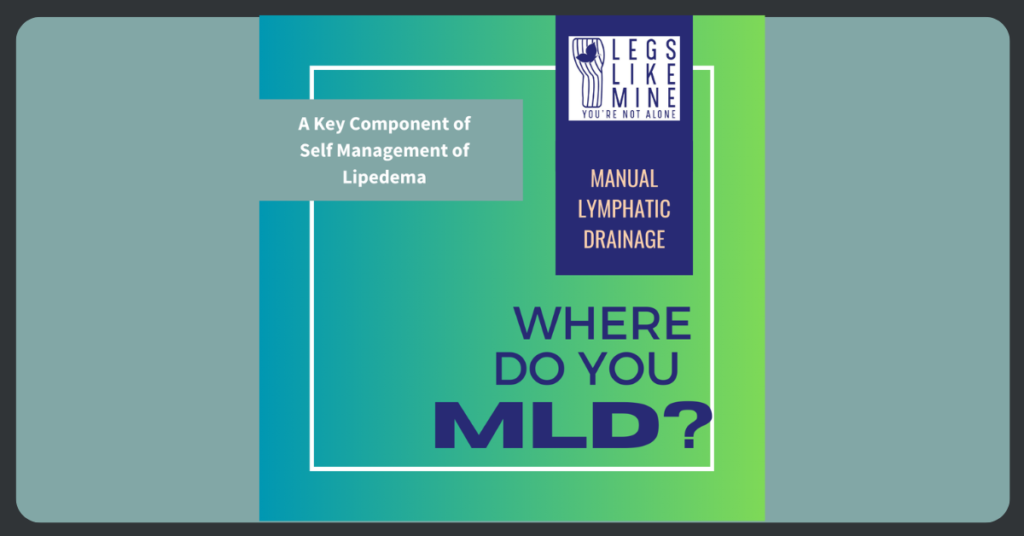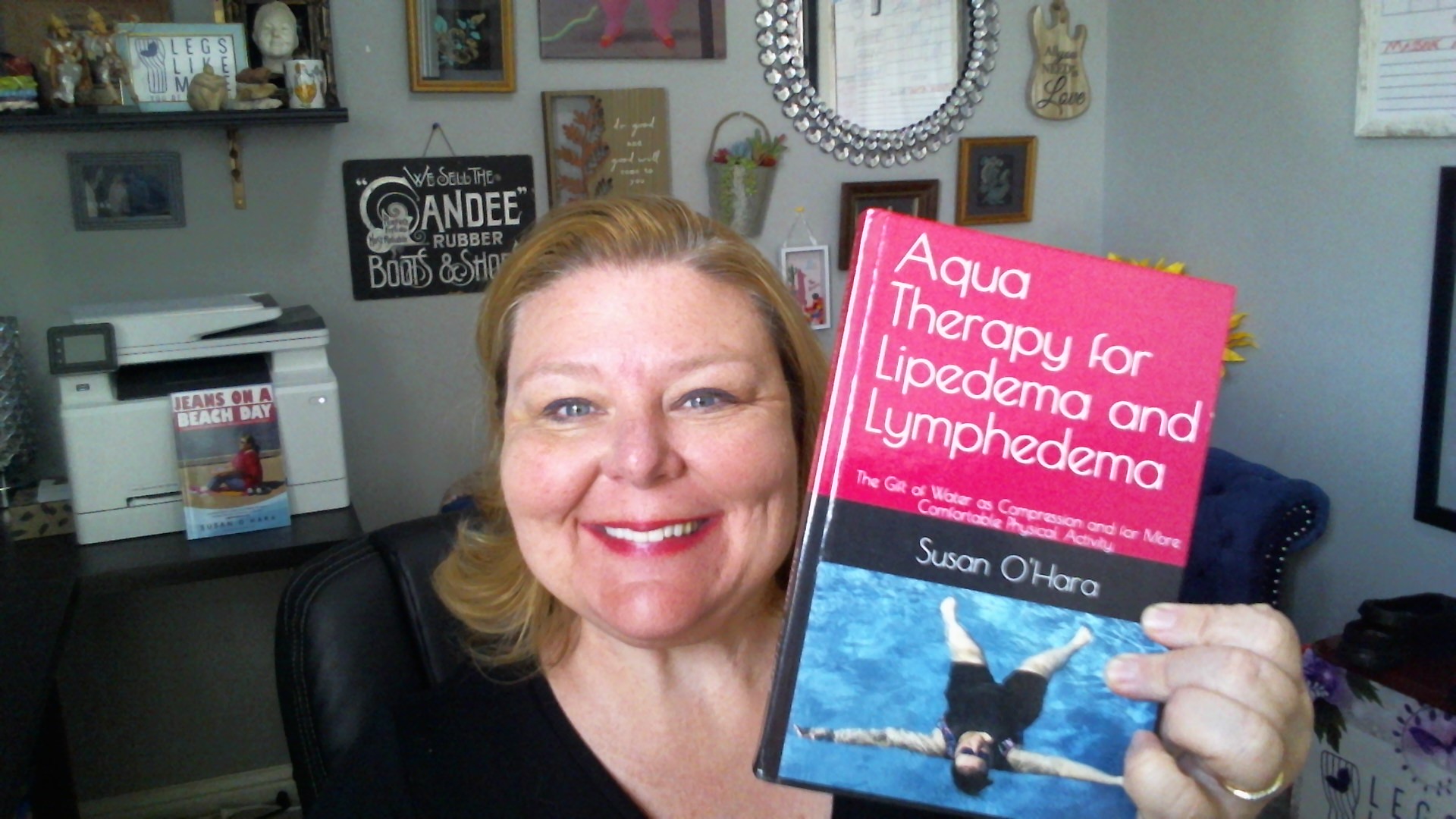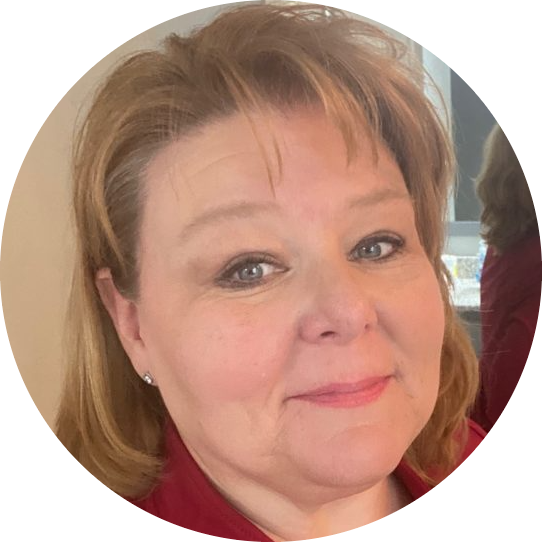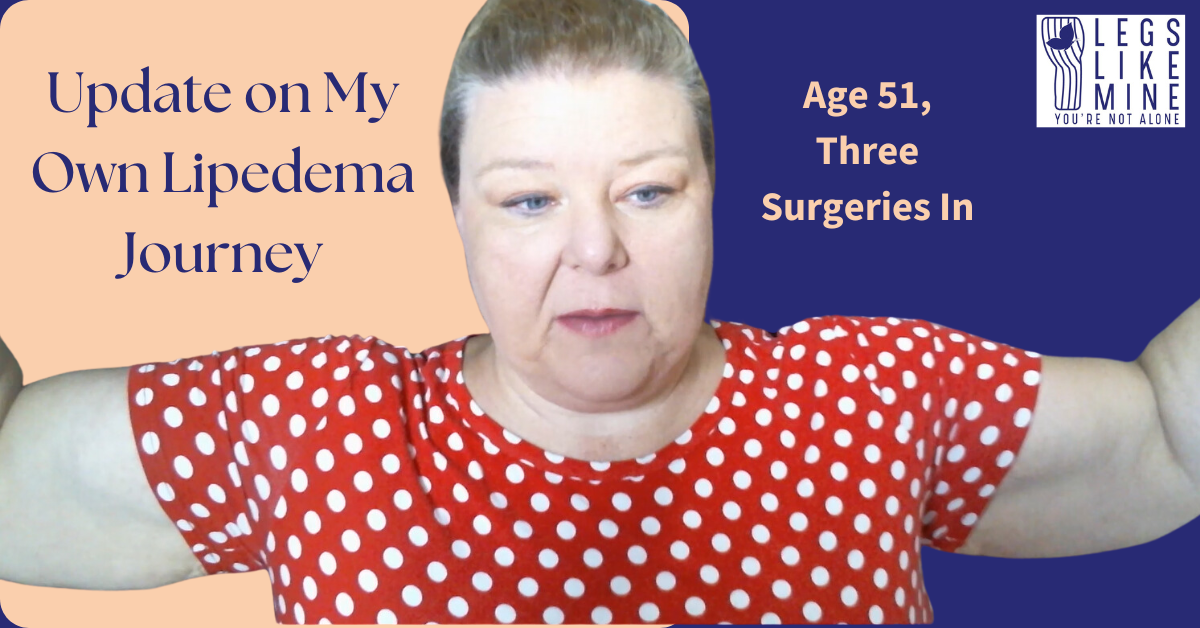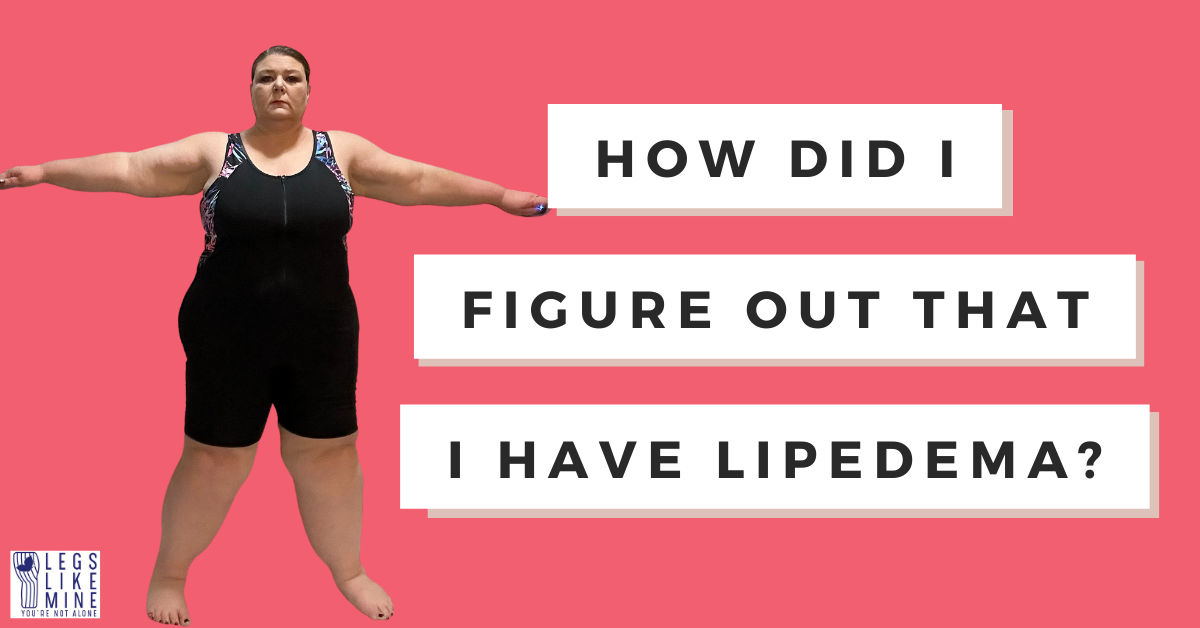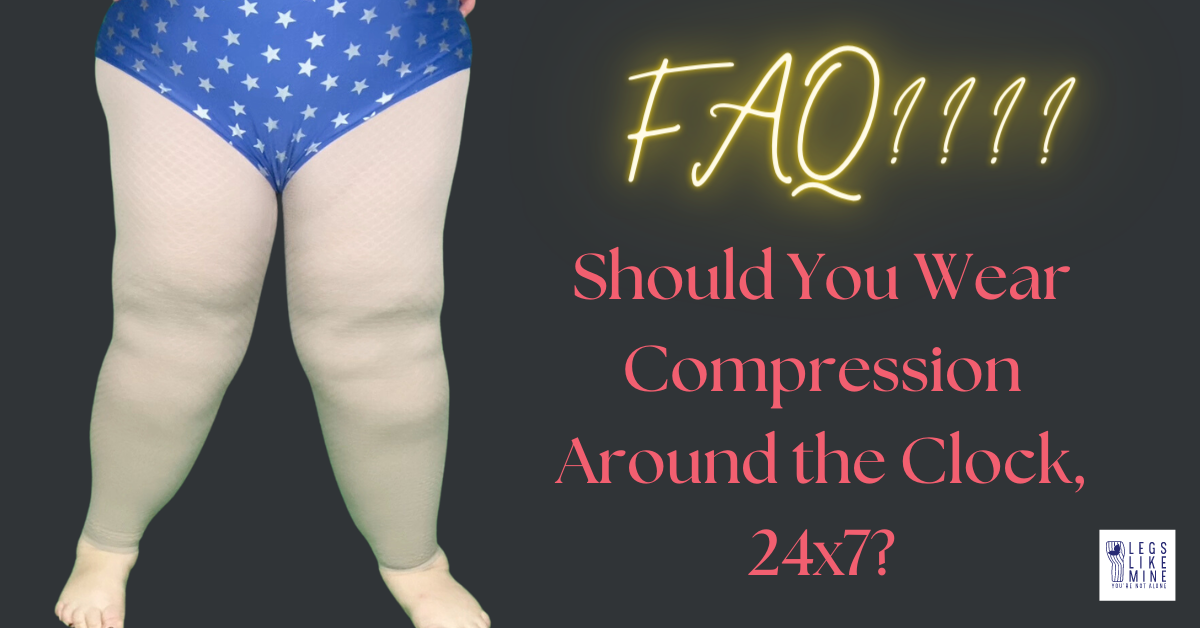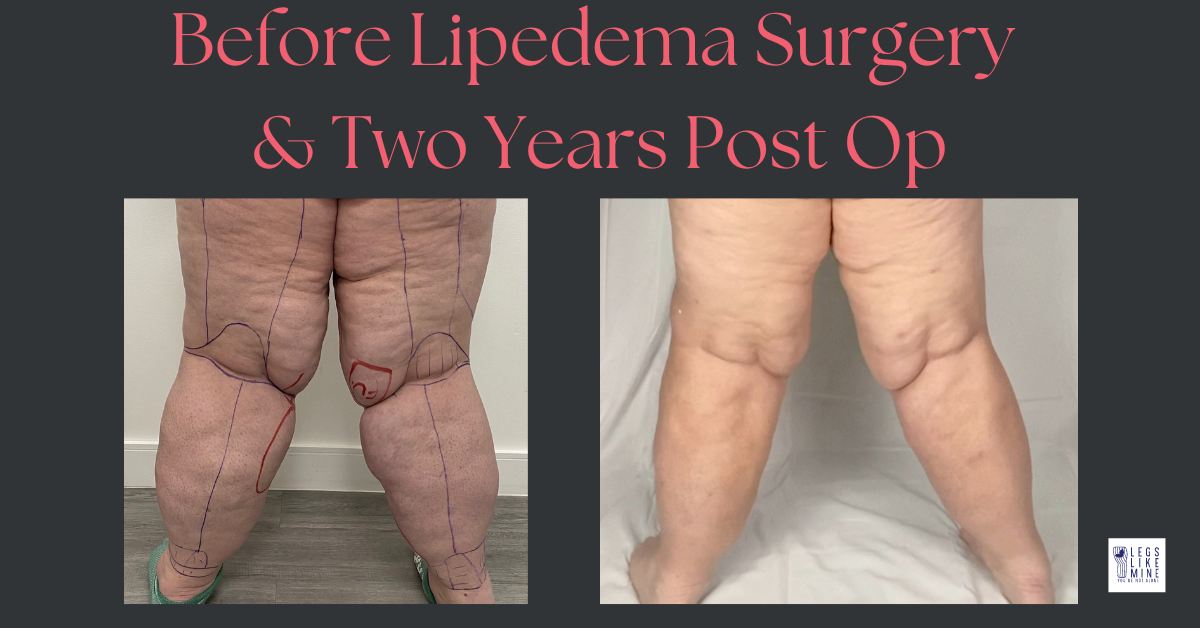Hi friends!
I was just thinking about MLD this morning while I was in the bathtub and I began to wonder if I’ve shared info on this for my followers who may be early in the learning process about managing their lipedema. At this point in time, self care is by far the biggest component of lipedema management, so learning about MLD is really important.
Are you performing MLD on the regular? If so, when and where do you do it? I’d LOVE to hear your thoughts!
I perform MLD throughout the day when I have the opportunity. The bathtub is one of my favorite places for a little extra self care. I like to shave my legs there, and prop my legs on the side of the tub and then do some of my version of MLD while my legs are still soaped up. And having my legs elevated over my heart helps with fluid movement. It’s a triple win because I get to relax in addition to bathing and moving lymphatic fluids. I wanted to include a little bit of information about manual lymphatic drainage, but start with this.
Certified Lymphedema Therapists and other medical professionals can work with you to teach you how to do MLD, and can help you manage and monitor your swelling. If you’ve never been to see a CLT I highly recommend you at least go a few times to gain understanding of techniques. It’s OK to tell them that you have for example, limited finances and need to learn to self manage. In my case my insurance covers far fewer treatments than I would need regularly so learning the self care is important to supplement my visits to my CLT. Partner with them and tell them your story so your therapist can help you come up with a self care plan!
So what is Manual Lymphatic Drainage (MLD)?
Manual Lymphatic Drainage (MLD) is a crucial component in managing lipedema, a chronic condition characterized by the abnormal accumulation of fat in specific areas of the body. While MLD is a standardized technique, each lipedema patient often develops a personalized approach to incorporate it into their daily routine.
Understanding MLD
MLD is a gentle, rhythmic massage technique designed to stimulate the lymphatic system and improve fluid circulation. For lipedema patients, it can help reduce swelling, alleviate discomfort, and improve overall well-being. When a trained person performs MLD on my legs, it’s relaxing, helps my pain immediately, and there is usually a noticable difference in the feeling and size of my legs when it’s done, and frankly, I usually need to urinate right after the session. The first few times I had MLD, I felt a little bit ‘crummy’ that evening and the next day as toxins released out of my legs. I drank a lot of water to help flush the toxins out, kept moving, and felt better in a day or two. I think of the crumminess as a fantastic sign.
Personalizing MLD Routines
At-Home MLD
Many lipedema patients learn to perform self-MLD at home. This may involve:
- Morning or evening routines
- Focusing on specific problem areas
- Combining MLD with other self-care practices
Professional MLD Sessions
Some patients opt for regular sessions with certified lymphedema therapists. These sessions can be:
- Weekly or monthly
- Part of a comprehensive treatment plan
- Combined with compression therapy
On-the-Go MLD
Busy patients often adapt MLD techniques for use throughout the day. You’ll notice that when you go in for a session you’ll be there for anywhere between thirty minutes and an hour. I personally believe that any amount of MLD is good, so five-minute bursts throughout the day can also help. Here are some ideas for sneaking it in:
- In the shower and bath, for sure!
- Quick sessions during work breaks
- Discreet movements while commuting (like little rubs of the nodes behind the ears, collar bones, or behind the knees are pretty unnoticeable)
- Incorporating MLD into exercise routines (for me, when I swim, I perform MLD before, during and after, right in the water!)
- Another place I will absolutely do MLD frequently is on airplanes and long car rides. I will literally go into the bathroom on an airplane and do MLD along with being sure to get up every hour or so to walk, do calf raises and light stretches in basically any open space I can find on a plane.
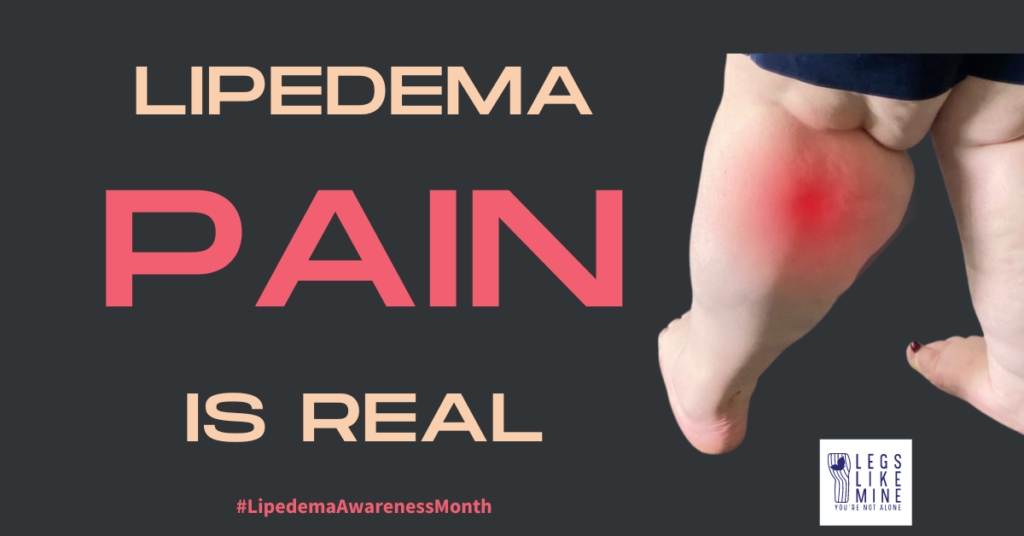
Wrapping it up!
Get professional advice if you can all afford the time and finances to go – most insurances will cover MLD and a CLT visit. Also there are a lot of great YouTube videos showing how to do MLD. Make sure you’re watching videos from a therapist to get started.
- MLD can help reduce swelling and improve circulation in lipedema patients.
- Regular MLD, whether performed by a professional or self-administered, may be more effective than occasional treatments.
- MLD is often most beneficial when combined with other treatments such as compression therapy and exercise.
- The frequency of MLD treatments can vary based on individual needs and symptoms.
- While MLD can help manage symptoms, it’s not a cure for lipedema and won’t eliminate excess fat.
- The beauty of MLD lies in its flexibility. It’s easy to do, not painful, and quite relaxing. Whether performed at home, in a therapist’s office, or on-the-go, lipedema patients can tailor their MLD routines to fit their lifestyle and needs. By personalizing their approach, patients can maximize the benefits of this valuable technique in managing their condition.
I hope this post finds you well and is helpful to get you on the path to performing quality self care with lipedema. Be sure and check out the resources below because the folks below know what’s up!
Stay well friends!
Susan
Resources for Learning About MLD
Fat Disorders Resources Society Self Care Playlist: https://www.youtube.com/watch?list=PL1UXN1MUyfzXTK3PesPG3cT413XYRvMSz&v=O7GwEIobx8k
The Lymphology Association of North America (LANA): https://www.clt-lana.org/
The Academy of Lymphatic Studies: https://www.acols.com/
National Lymphedema Network: https://lymphnet.org/
Lipedema Foundation: https://www.lipedema.org/
International Lymphoedema Framework: https://www.lympho.org/
